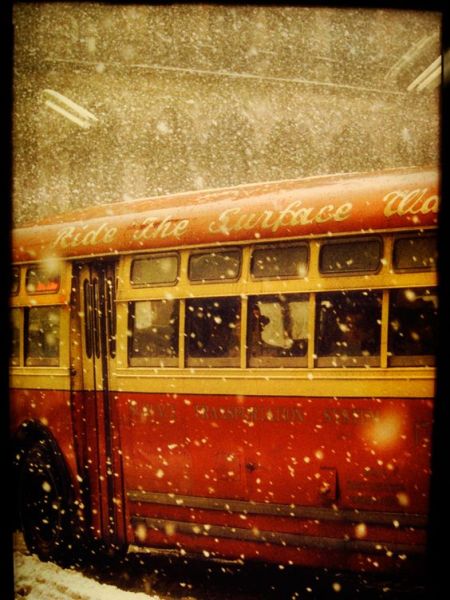
"There can’t be many popular musical genres which feature the triangle, drum and accordion as three staple instruments. Forró, pronounced foh-ho, is one of them. It’s a lively, addictive music that has its origins in Northeast Brazil and which can now be heard and danced to in bars and parties all over London. Couples dance together
coladinho, heads and hips often touching, spinning and skipping in a close embrace. There’s something magical about a forró party – a live band and their traditional instruments squeezed into the corner of a Brazilian pub in South London every weekend. The crowd sing along to the lyrics as they dance, trying not to trip over tables. Many people dance barefoot. There’s a theory that the word forró comes from the English phrase ‘for all,’ though the more plausible origin is the Brazilian Portuguese
forrobodó, a word for a big party. ..."
Sounds and Colours (Video)
NY Times - Forró in Brazil: Under a Full Moon, Dancing to the Beat of the Zabumba
History of Forró
 Brazil Forró: Music for Maids and Taxi Drivers
Brazil Forró: Music for Maids and Taxi Drivers
"Forro didn't become as popular abroad as other Brazilian styles, although it has its charms. The form mixes European influences in arrangements and verse and chorus structure, with Bahian/Indian rhythms and vocal styles. It features predominantly trios, with accordions, triangle and zabuma (shallow marching drum) the prime instrumentation. The songs are somber, thoughtful and sometimes poignant, and played in a straightforward, less improvisational manner. This 17-cut anthology offers an extensive look at forro; while it doesn't have the enticing qualities of other Brazilian idioms, it's worth close listening and scrutiny."
allmusic (Video),
amazon
 Brazil Classics, Vol. 3: Forro, Etc.
Brazil Classics, Vol. 3: Forro, Etc.
"When David Byrne first visited the Salvador/Bahia region in 1986, a new musical form that he never heard before amazed him. Dubbed forro, this dance sound originally hailed from northeastern Brazil, described as "a mixture of ska with polka" by Byrne himself. All of the album's tracks radiate a strong, positive energy, created in the most part by reggae-ish acoustic guitars, melodic accordions, and never-ending contagious rhythms. And although this musical style could be compared to America's zydeco sound, forro is intended mainly for parties. Brazil Classics, Vol. 3 was compiled by Byrne himself and features the very best artists and compositions that the genre has to offer. ..."
allmusic (Video),
amazon
2010 August: Forró, 2014 June: NaurÊa













































